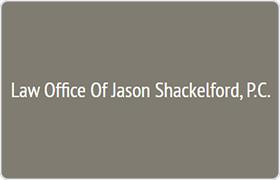Ashland White Collar Crime Lawyer, Missouri, page 2
Sponsored Law Firm
-
 x
x

Click For More Info:
-
Law Office Of Jason Shackelford, P.C.
929 MO-22 P.O. Box 142 Centralia, MO 65240» view mapCriminal Defense, Divorce & Family Law The Highest Quality Of Service
We strive to educate our clients and inform them of their options so we can get them the best results. We are committed to providing the highest quality of service.
800-971-5130
Not enough matches for Ashland White Collar Crime lawyer.
Below are all Ashland Criminal lawyers.
 Jason Shackelford Centralia, MO
Jason Shackelford Centralia, MO Practice AreasExpertise
Practice AreasExpertise
